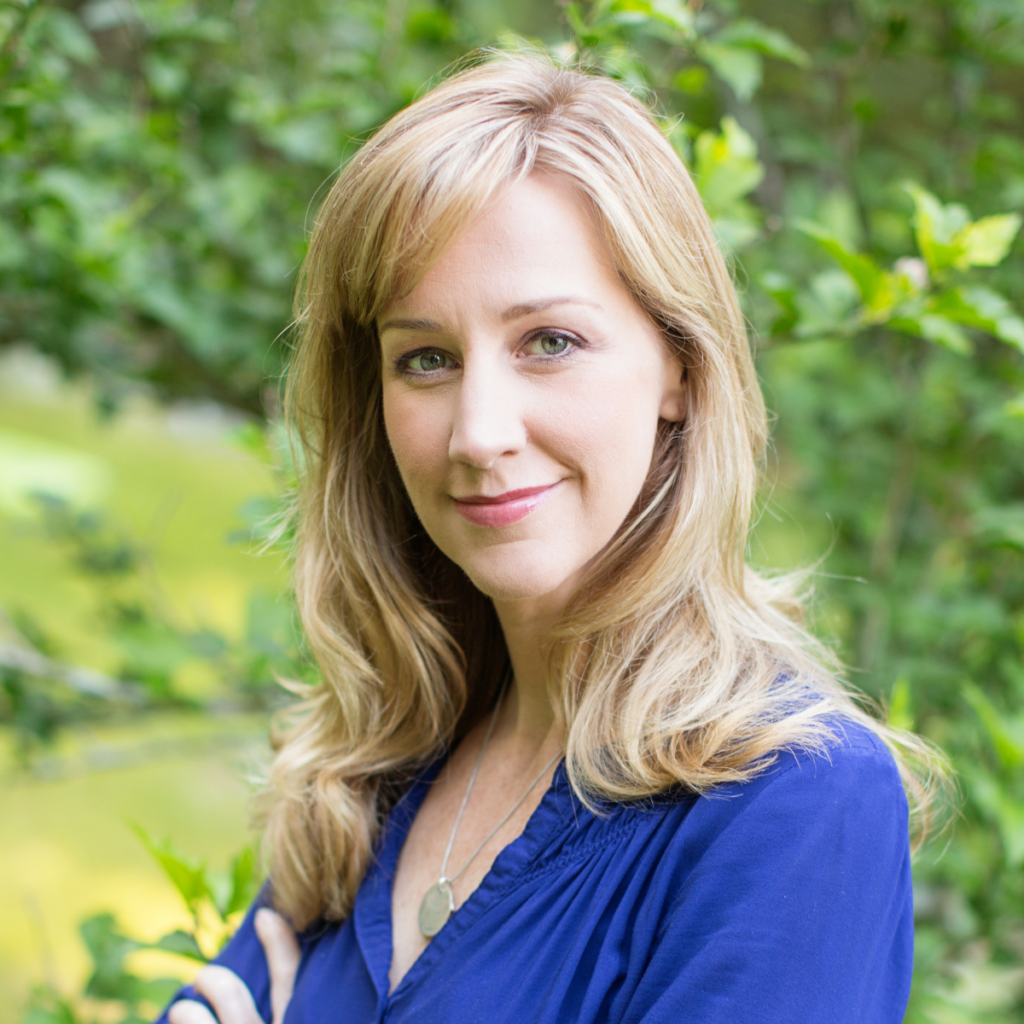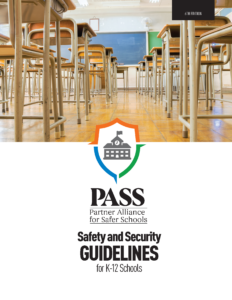Top Questions Parents Ask About School Safety and Security
“She stayed the course, and it took a lot of time, persistence, and effort. But she continuously proved herself and showed up with resources as she fought the good fight to prove she was there to help. Now she holds a leadership position within the district.”
—Michele Gay, Founder, Safe and Sound Schools

As the founder and executive director of Safe and Sound Schools, a national nonprofit specializing in school safety and advocacy, Michele Gay, also a PASS board member and longtime supporter, often meets parents with questions about school safety and security. They wonder why it’s so difficult to make changes and what steps they can take to get involved. Gay remembers one particular parent who was concerned and anxious about the school system’s preparedness. She also had little trust in school leadership. She was desperate for guidance and asked for advice on how to get involved.
Despite being turned away by the school district multiple times when searching for answers, this parent stayed the course and fought for six years to implement change. Over time she’s become a powerful voice in school safety—she is a key contributor to her community and has forged a great relationship with the school superintendent.
PASS is dedicated to staying in our lane, laser-focused on our mission to improve physical school safety and security everywhere. But we also recognize that school safety is a holistic issue and requires all of us to play a part. Many of us—our volunteers and sponsors—are parents, and we all know parents. So we asked Gay to help us understand the role parents can play in keeping our kids safe.
Please share this blog post and help us empower parents everywhere to participate in school safety and security actively.
Parents Want Answers
In today’s climate, it’s natural for parents to ask the following questions. They want to know who’s responsible and what steps are being taken to enhance school safety measures and procedures, but getting those answers may be difficult.
Unfortunately, many parents find themselves in the same predicament as they search for ways to address their concerns in their districts. They’re unsure what schools are doing to keep their children safe and want answers on who to talk to and how they can help. To address these concerns, we spoke with Gay to compile a list of the top questions parents often ask about school safety. Keep reading to learn more.
1. Why is school safety such a difficult task?
Many factors contribute to why schools face difficulty implementing safety standards and procedures. For starters, there are no laws or policies for them to follow or model their efforts after. In addition, parents often assume that the safety tactics they see within other public settings are easily transferable to schools, but unfortunately, that’s not the case. Schools are different from other public settings. We’re dealing with minors and must be thoughtful about preparing for the unexpected.
Another aspect to consider is that security measures can be expensive, and some schools may have limited funding. Additionally, there are the legalities of what steps schools can implement, which schools must navigate carefully before taking action.
2. Why aren’t there locks on the classroom doors or barricades?
Gay said she often gets this question.
“I explain that public spaces are different,” she said. “They have different rules and responsibilities. Individual and personal safety in the home differs greatly from public safety and public spaces.”
Most parents aren’t familiar with code issues or the difference between facility hardware and hardware in a house or apartment. While barricading classrooms and locking doors may seem like a simple solution and could prevent an active shooter from entering a classroom, it can also present dangers to students and teachers. Therefore, schools implementing security measures such as these can also create hazards for students with disabilities.
“These are places where nondisabled children are, as well as disabled children and disabled staff members—it’s not the home, and we are accountable because it’s the right thing but also because it’s the law that we consider ADA, cognitive disabilities, physical disabilities, and mental health challenges. All of those play into a person’s response during a crisis.”
—Michele Gay
Schools must consider ADA compliance and children with disabilities as they affect a person’s ability to respond and react during a crisis. For example, a student who uses a wheelchair or mobility device may be unable to navigate around a barricade or through a locked door in an emergency. Reasonable accommodations are necessary to ensure everyone’s safety.
Another risk in public spaces is someone using barricades to intentionally hold someone in as part of bullying, a physical assault, or worse. That’s something schools have to face more regularly than acts of violence like those at Sandy Hook or Uvalde.
3. Who’s in charge of school safety and security in our district?
As a parent, it’s common to go to the school prepared to ask why they’re not taking action to improve school safety and security. To understand who’s in charge and what’s being done, parents must understand the landscape, such as who oversees security and safety efforts. They often direct questions regarding safety and security to principals who don’t always have the answers they’re looking for.
We recommend contacting the schools and/or school districts to learn more about who’s involved, even if it takes additional effort. Parents can ask questions about multidisciplinary teams, if there’s a school security director or school resource officer (SRO), what’s already in the works, and how they can help.
4. What can I do to help?
We recommend learning the basics. Find out who’s involved or in charge of school safety and security. Gain insights into what they’re already doing to create procedures and policies. Finally, parents should ask their point of contact how they can help or advocate for their children to ensure their concerns are addressed. This may include joining a committee, sharing resources, or seeking outside help.
5. Should I join or create a safety team?
Sometimes, we can train parents to join a multidisciplinary safety team. However, we see parents as contributors, so they don’t sit in on that team daily. We understand that it’s challenging to find the time or have the capacity to contribute to these efforts regularly.
Additionally, having parents on these teams can cause conflict. Still, there are ways to weave them in. Teams can use parents as a resource to reach students and other parents for their perspectives, ideas, concerns, and more. Safety teams should reach out to parents for their input, survey them, and give them voice and agency.
6. Why do schools conduct so many lockdown drills?
Lockdown drills can be an intense experience and often make parents anxious. Unfortunately, there are no national standards or specific rules to follow when conducting them; however, there are some proven practices.
“The thing is that we don’t need simulations,” Gay said. “We don’t need that for minors or civilians, but we can use them for officers and professionals—the way they train is not how we train civilians and minors.”
She continued, “We’ve seen a lot of success in fire safety preparation. We should look at how we handle those procedures and apply those same tactics to other crises. When it comes to children, we should focus on simple steps and behaviors that are reviewed regularly throughout the school year. That includes running through these actions and behaviors like a drill and timing the process—this opens the door to feedback from everyone, including the children. Then, we can apply these procedures across various safety issues such as bad weather, active violence, and other instances so that these instincts will kick in when necessary and protect the children and their space.”
7. What can I do if I’m not seeing schools take action?
When parents don’t know what school systems are doing to prepare for the unexpected, they feel uneasy and confused. They may have little faith in school leadership and need reassurance that work is being done behind the scenes. Gay’s best recommendation is to stay the course.
“It may take time and a lot of effort, but if they can regularly show up, provide resources, and prove that they’re fighting the good fight, they can play a crucial role in implementing change,” she said. “They can ultimately contribute to meetings, bring in experts and speakers, and become vital contributors to the school safety conversation.”
Check Out the PASS Guidelines for More School Safety and Security Tips
While many schools have someone in charge of school safety and security, preventing acts of violence is a complex issue requiring a multi-faceted approach. Limited resources, varying levels of expertise, the need to balance safety with an open learning environment, difficulty identifying potential threats, and political and societal pressures all contribute to the challenge of preventing mass shootings in schools.
As a parent, you can reference our PASS School Safety and Security Checklist and Safety and Security Guidelines to assess your school’s current progress, learn more about the latest proven practices to kickstart your efforts, or support schools in creating safer spaces. Now’s the time to get involved and reimagine how to take preventative measures.
Safe and Sound Schools is a national nonprofit school safety advocacy and resource center that provides research-based tools and support for crisis prevention, response, and recovery, helping to protect every school, every student, every day.
The Partner Alliance for Safer Schools (PASS) is a nonprofit 501(c)(3) bringing together expertise from the education, public safety, and industry communities to develop and support a coordinated approach to making effective and appropriate decisions with respect to safety and security investments. You can download the complete PASS Guidelines or check out our PASS Safety and Security Checklist for quick start tips. These resources—as well as whitepapers on various topics including barricade devices, lockdown drills, and more—are available at no cost.
Categories
- Access Control
- Classroom Door Locks
- Crime Prevention Through Environmental Design
- Cybersecurity
- Duress Alarm
- In the News
- Legislation
- Lockdown Drills
- New Technologies
- PASS Advisory Council
- PASS Board of Directors
- PASS Partners
- PASS Recommendations
- Preparedness
- Safe School Week
- Safety & Security Guidelines
- School Safety & Security
- Security Best Practices
- Video Surveillance

Ready to get the Guidelines?
The most comprehensive information available on best practices specifically for securing school facilities, vetted extensively by experts across the education, public safety and industry sectors.
